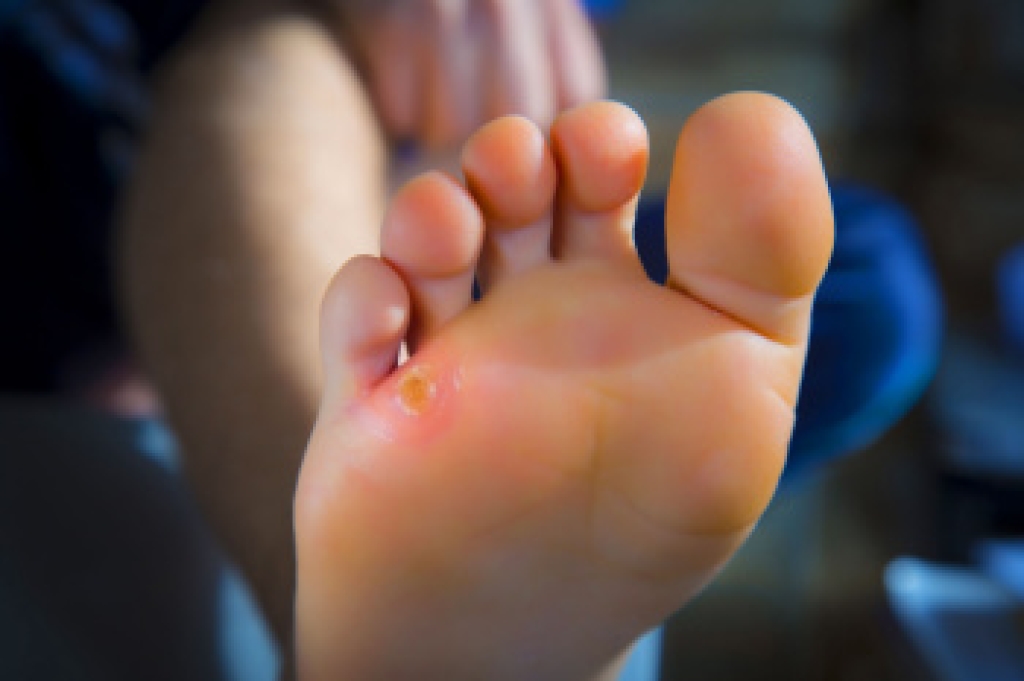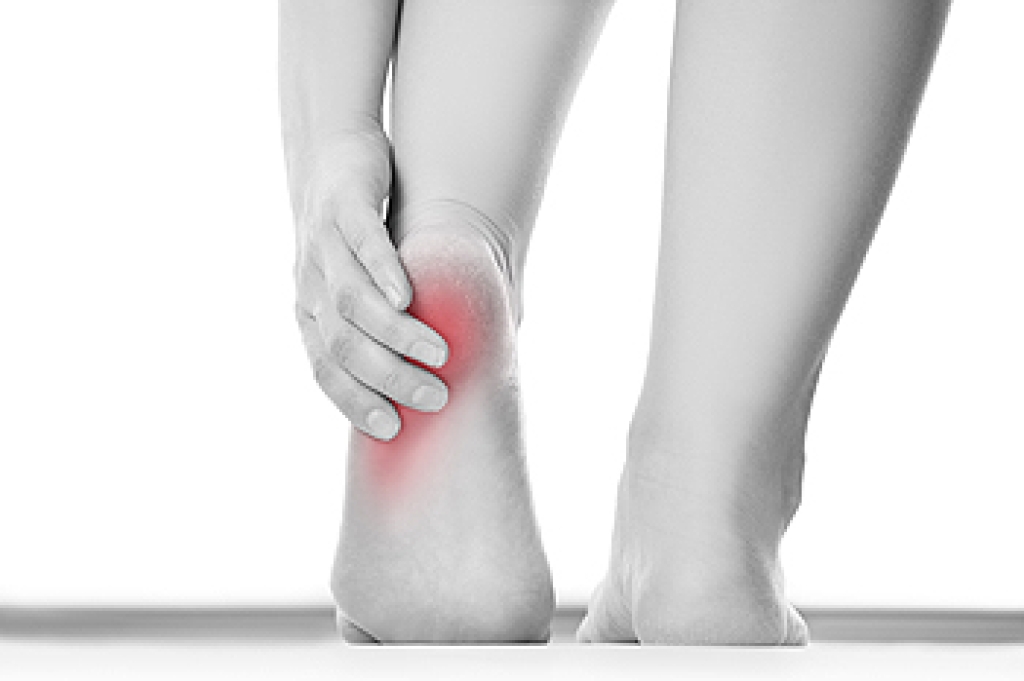
Corns and calluses are common foot problems, but they are not the same condition. A corn is a small area of thickened skin that often develops on the tops or sides of toes where friction or pressure is highest. Corns may be hard or soft, and can become painful when pressed. Calluses, on the other hand, are broader areas of thickened skin that usually form on the bottom of the foot, particularly on the heel or ball. They develop as the skin’s way of protecting itself from repeated pressure or rubbing. Wearing ill fitting shoes, foot deformities, or frequent standing and walking may contribute to both conditions. While they are often harmless, discomfort can interfere with daily activity. If you are experiencing painful corns or calluses, it is suggested that you visit a podiatrist for safe and effective treatment options.
If you have any concerns regarding your feet and ankles, contact Ahmed Shoukry, DPM of The Foot Clinic. Our doctor will treat your foot and ankle needs.
Corns: What Are They? and How Do You Get Rid of Them?
Corns can be described as areas of the skin that have thickened to the point of becoming painful or irritating. They are often layers and layers of the skin that have become dry and rough, and are normally smaller than calluses.
Ways to Prevent Corns
There are many ways to get rid of painful corns such as wearing:
- Well-fitting socks
- Comfortable shoes that are not tight around your foot
- Shoes that offer support
Treating Corns
Treatment of corns involves removing the dead skin that has built up in the specific area of the foot. Consult with Our doctor to determine the best treatment option for your case of corns.
If you have any questions, please feel free to contact our office located in Euless, TX . We offer the newest diagnostic and treatment technologies for all your foot care needs.

